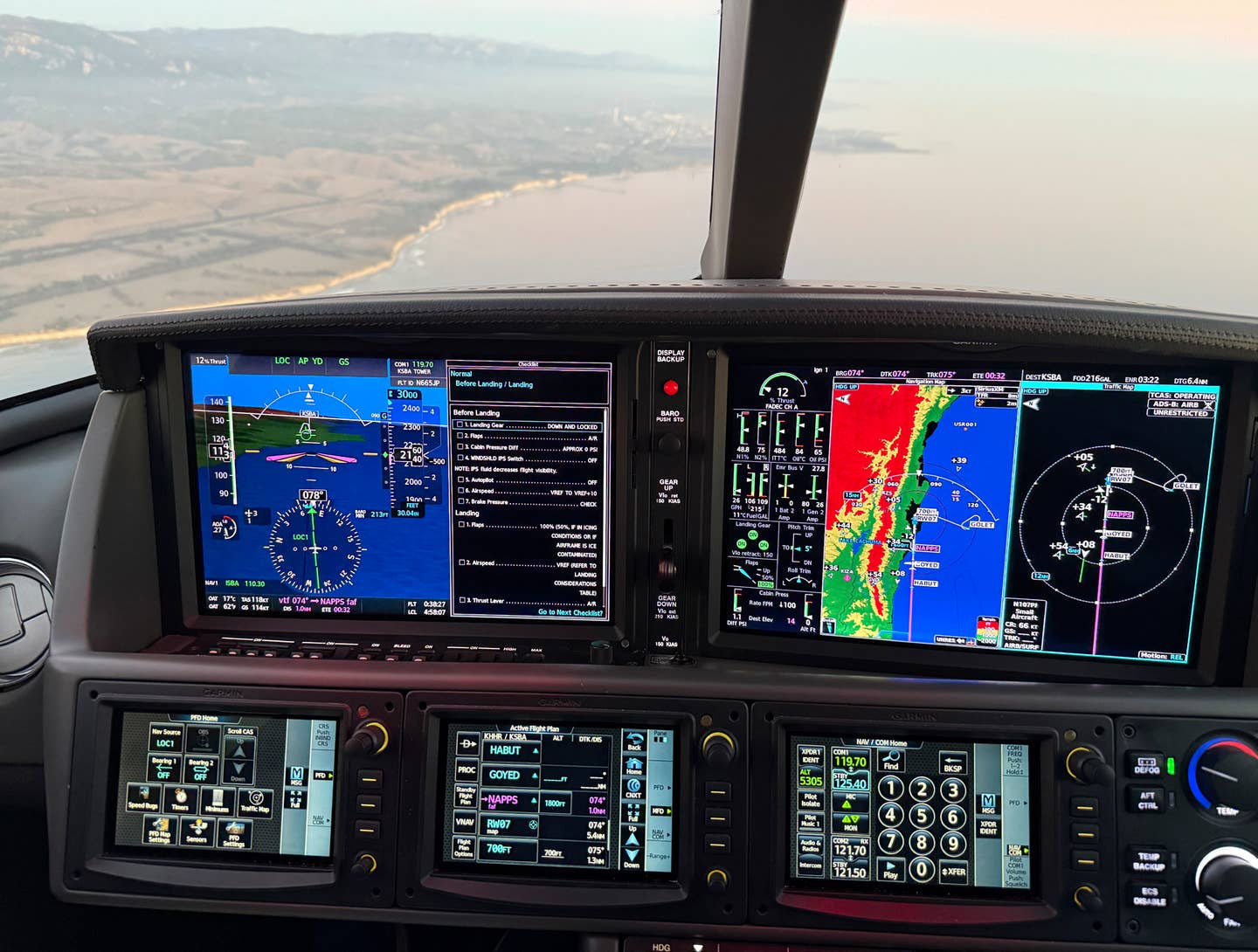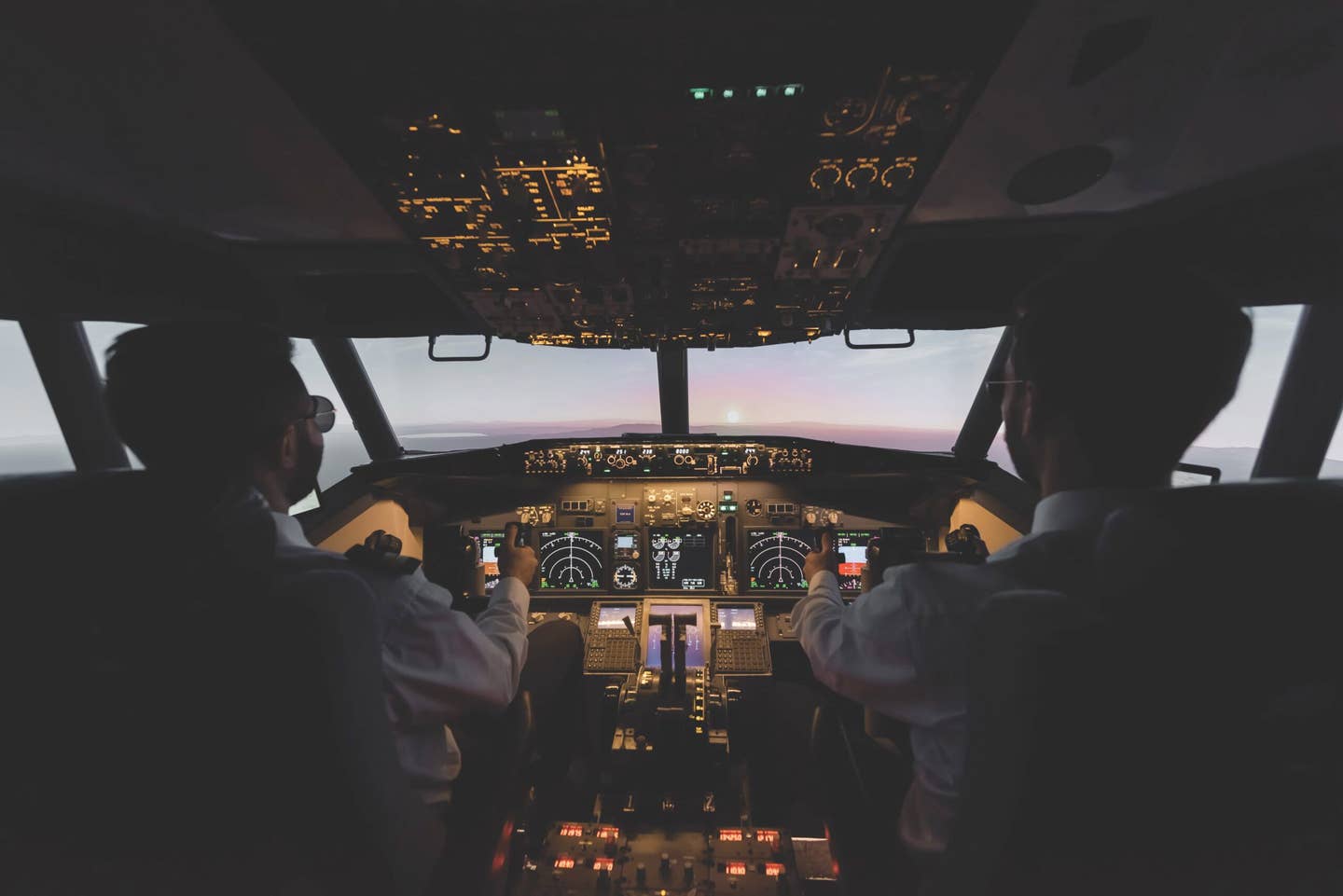
“This being a manual-gear Mooney, speed control right after liftoff is critical because the manually actuated gear retraction is much easier when your speed is exactly 85 mph.” Barry Ross
I bought N4875D in fall 2012. It’s the first and only airplane I’ve owned, a Mooney M20F. As with any vintage vehicle, it’s been an adventure tracking down the various nits, bugs and deferred maintenance items. We’d been through the hydraulics, engine, prop and fuel system. When I took it in for an annual this past October, we’d mostly come to the end of the list of things to fix, so I went ahead and had the generator swapped out for a new Plane-Power alternator kit.
When the airplane was almost finished, I flew commercial to where it was, rented a car and helped put the electrical system back together. When it was all done, we ran the engine on the ground a couple times to make sure the alternator and electrical systems were working. I was thrilled at how well the new charging system worked. Instead of having to play shenanigans with the engine rpm to get some charge while taxiing or waiting around for warm-up, the alternator engaged immediately, and even at idle, the electrical system sat at 14.2 volts and the battery would charge.
I loaded up the airplane, did my preflight planning and prepared to head back home. I let the Mooney warm up even a bit more than usual to make sure the oil was warm, did an extensive run-up (including a prop cycle) and taxied out to the departure runway. I double-checked all the checklists because it had been two months since I’d flown that airplane. I called my takeoff on the CTAF, turned the transponder to altitude, turned on the lights and boost pump, and set the mixture to rich. I checked the time and taxied out onto the runway. I put my heels on the floor, throttled up to full power, checked the tachometer, oil pressure and ammeter, glanced ahead to confirm that the airspeed indicator was alive, then put my eyes forward for the takeoff. I rotated at 75 mph.
This being a manual-gear Mooney, speed control right after liftoff is critical because the manually actuated gear retraction is much easier when your speed is exactly 85 mph. Normally, the sequence of takeoff is: Once in the air with a positive rate of climb, pitch to nail the airspeed on 85, retract the gear, verify climb, then adjust prop speed and retract flaps. However, just before I reached for the gear handle, something very bad happened to the windshield. Maybe 10 seconds after takeoff, a spatter turned into a douse of faintly green liquid hitting the windshield. It was engine oil, and it was hitting the windshield fast enough that, before I really processed what it was, I could barely see forward.
I don’t think I was thinking quickly enough to form the words “fly the airplane” in my head, but that’s what I was doing. Without a plan, I throttled back, and the stall horn immediately started screaming, so I throttled up a bit. Then I thought, “Back to the airport.” I started a left turn. Through most of the turn, I could see the runway out of the left window. I was processing enough to realize that the wind had almost been still when I took off, so I could just turn around, do a teardrop, and land in the reverse direction on the runway without doing a full traffic pattern. I did glance at the oil pressure once, and it was fine, but of course I had no idea how long I would have useful engine power. I announced on the CTAF that I was turning back toward the runway, and I’d be landing in the reverse direction.
Once I got turned more or less back toward the runway—I couldn’t see it—I reduced the power and started to descend. I really didn’t want to overshoot and have to go around, so I was very serious about keeping my speed low and descending quickly. Previously, I wouldn’t have thought of the stall-warning horn as an instrument, but I kept my speed/angle of attack just high enough that it wasn’t quite sounding. I could see enough of the side lights, so I could gauge my descent reasonably well—and my direction less well—but I managed to get lucky and be lined up, staying away from the runway lights. Once I was close to the ground, I pulled out the power and let the airplane settle, none too gently. When all three wheels were down, I slowed way down and announced that I’d be on the runway for about a minute. Because I couldn’t really see to turn right, I taxied the rest of the way down the runway and turned at the far end, very slowly. Turning off the end meant turning right, and I couldn’t see very well in that direction, so I was taxiing at a crawl. I headed back to the hangar so we could pull it in—and find and fix wherever the oil was coming from.
Read More: I Learned About Flying From That
I knew the belts had been replaced to switch to the alternator, and on a Lycoming engine (which mine is) you have to remove the propeller to replace the belts. I’ve been told in the past that, very occasionally, the O-ring gets nicked when reinstalling a prop, and when the oil is pressurized, it can leak past it. My mechanic and I both assumed that was the problem. I was shaken up enough that I didn’t feel like sticking around, so I got a ride back to where I’d been staying, and I sorted out ground transport for my business trip the following week. I would return when the leak was fixed.
When I returned, the mechanic had removed and replaced the prop, but hadn’t found a definite source for the leak. The prop O-ring didn’t show signs of being cut at all. I started the airplane and ran it for about 12 minutes to warm it up. I did a run-up and then ran the engine at 2,400 rpm for a minute or two. At that point, I could see a few drops of oil on the windshield, so I taxied back. From inside the cockpit, I could barely see anything, but once I got out, the front of the engine was slick with oil again, and the upper lip of the cowl was slathered in oil.
We took off the prop again, then started looking more carefully at the engine. The two front bolts on the engine case were tight. The culprit, as it turns out, was the next thing back. The fitting on the high-pressure line for the prop governor where it attached to the block was completely loose; it had only been partially threaded on. It had been removed because the piece of baffling that the governor line goes through had to be moved for the generator removal and alternator installation, but the mechanic had forgotten to tighten it after reassembly.
My takeaway from this: Go through an oil-leak check every time anything significant is done to an engine before you fly it. Run it, warm it up all the way, do a run-up—maybe run it at almost cruise rpm for a couple minutes. Then shut down and look over the entire engine thoroughly for oil that is getting anywhere it’s not supposed to. After you’re satisfied with that, do one or two high-speed aborted takeoffs to get the airplane up to takeoff power (and engage the prop governor) a couple of times, then come back, shut down, and check everything else one more time before committing to a real takeoff. Even after all that, it would be smart to go around the pattern once, land and check everything one more time for leaks.
I will be doing this following every annual I have from now on, and every time anything in the engine compartment is touched. Remember, after maintenance, you’re a test pilot. Do ground testing to minimize the risk of surprises when taking to the air for the first time.
This story appeared in the May 2020 issue of Flying Magazine

Sign-up for newsletters & special offers!
Get the latest FLYING stories & special offers delivered directly to your inbox






